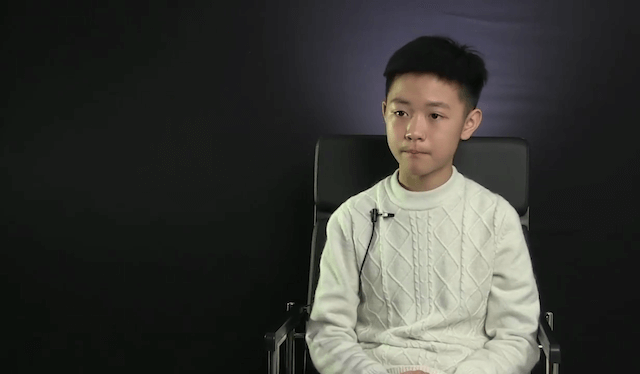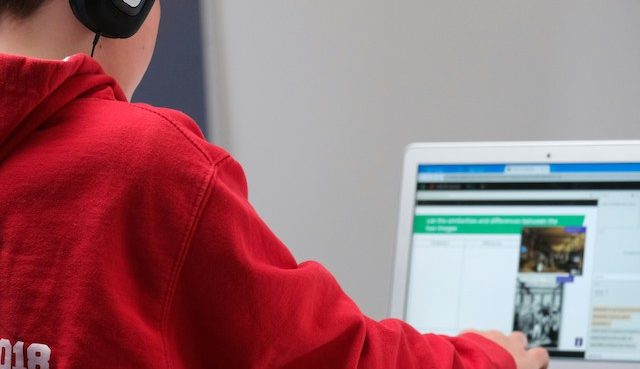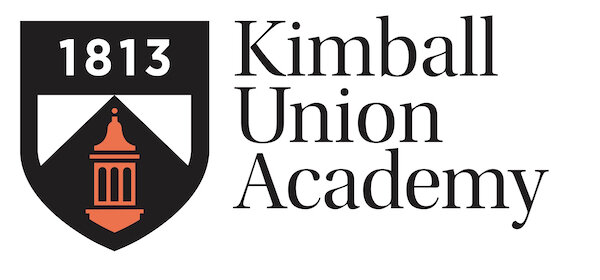K-12 Institutions
Focus on top applicants
Vericant provides a deeper understanding of each junior boarding and high school applicant, streamlines the interview and writing sample process, and improves yield for partner institutions.

Verify applicant potential with secure interviews and writing samples

The K-12 Vericant Interview
A 11-13 minute interview with behavioral question sets where trained interviewers aim to create a natural and authentic conversation with applicants in order

The K-12 Vericant Writing Sample
A 30-minute typed essay assesses an applicant’s English writing skills, offering a choice between an analytical or practical prompt. For in-person tests, desktop computers are available at select locations.
Junior Boarding vs High School
Interviews and Writing Samples
Our interview and writing sample questions are adapted for age, while being carefully crafted to maintain gender and cultural neutrality for all applicants.
“Vericant has been a wonderful tool to help us focus our international student pool. With a small office and a relatively small number of openings, being able to vet students before they arrive helps us to make sure that no qualified and mission-aligned students have trouble getting an interview spot.”

Chris Young | Director of Admissions & Enrollment

The Vericant Interview for K-12 admissions
The Vericant interview is structured to promote genuine responses. Each section is carefully structured to focus on different aspects of spoken English, giving an applicant an opportunity to show the depth of their ability. The interview consists of a 11-13 minute session.
Warm up
Before camera starts ~ 5min
Introduction question
00:00 – 02:00
Picture question
02:00 – 04:30
In-depth question
04:30 – 10:00
Reflective question
10:00 – 11:00
Free speech
2 min max
Learn more about the Vericant Interview
Tools for getting data, faster
AI Insights
Speeds up review process with full transcripts, summaries, and topic tags, improving overall yield.
Spoken English Evaluation
Trusted rubric in identifying applicants with sufficient spoken abilities for program success.
Vericant Portal
An applicant management system, streamlining admissions with SAO and Slate integrations.
Writing Sample Evaluation
Enhances security and confirms an applicant's writing abilities for a more holistic review.
Still unsure?
Vericant streamlines the interview and writing sample for top institutions worldwide, making the admissions process more efficient. Let us show you the many ways our tools can enhance your current process.


